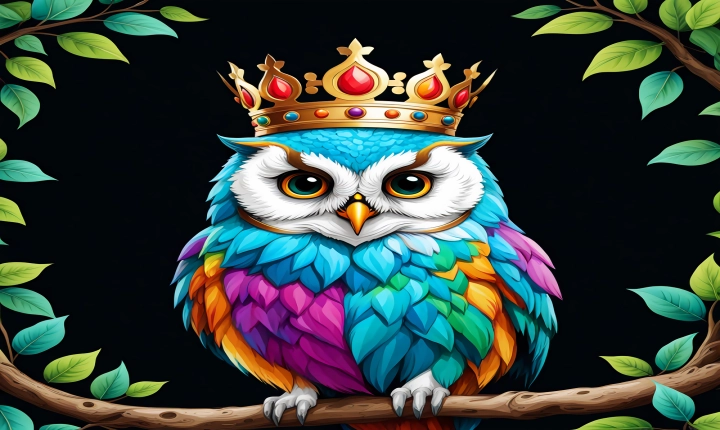Title: How to Make an AI-Generated Website: A Step-by-Step Guide
In today’s digital age, harnessing the power of artificial intelligence (AI) has become increasingly essential for businesses looking to create innovative and efficient websites. With the help of AI, designers and developers can streamline the website creation process, improve user experience, and leverage data-driven insights for better decision-making. In this article, we will explore the step-by-step process of making an AI-generated website.
Step 1: Define Your Objectives
Before diving into the website creation process, it’s critical to outline your objectives. Consider what you want the website to achieve, whether it’s driving sales, increasing brand awareness, or providing valuable resources to users. Understanding your goals will guide the AI tools and technologies you choose to use throughout the process.
Step 2: Select an AI-Powered Web Design Platform
There are several AI-powered web design platforms available that can help streamline the website creation process. These platforms leverage AI algorithms to analyze data, predict user behavior, and generate personalized website designs. Choose a platform that aligns with your project’s scope and requirements.
Step 3: Gather Data and Insights
AI-generated websites are fueled by data. Gather as much relevant data as possible, including user preferences, browsing behavior, and demographic information. This data will serve as the foundation for creating personalized and engaging website content that resonates with your target audience.
Step 4: Implement AI-Driven Personalization
One of the core benefits of using AI in website creation is the ability to deliver personalized experiences to users. Leverage AI to segment your audience and tailor website content and recommendations based on individual preferences. This can include personalized product recommendations, dynamic content, and targeted messaging.
Step 5: Optimize User Experience with AI
AI can significantly improve the overall user experience of a website. Implement AI-driven tools such as chatbots, recommendation engines, and predictive analytics to enhance user interaction, streamline navigation, and provide real-time assistance to visitors.
Step 6: Integrate AI for Content Creation
AI can assist in content creation by generating copy, creating visuals, and even curating relevant news or articles for your website. Utilize AI tools to automate content creation processes, streamline workflows, and ensure that your website’s content remains fresh and engaging.
Step 7: Continuously Iterate and Improve
Creating an AI-generated website is an ongoing process. Use AI-powered analytics to track user behavior, measure the performance of your website, and identify areas for improvement. Continuously iterate and optimize your website based on the insights gathered to ensure it remains relevant and effective.
In conclusion, leveraging AI in website creation can revolutionize the way businesses approach design, personalization, and user experience. By following the steps outlined in this article, businesses can harness the power of AI to create dynamic, data-driven, and engaging websites that resonate with their target audience. As AI technologies continue to advance, the possibilities for AI-generated websites will only continue to expand, driving innovation and transformation in the digital landscape.
